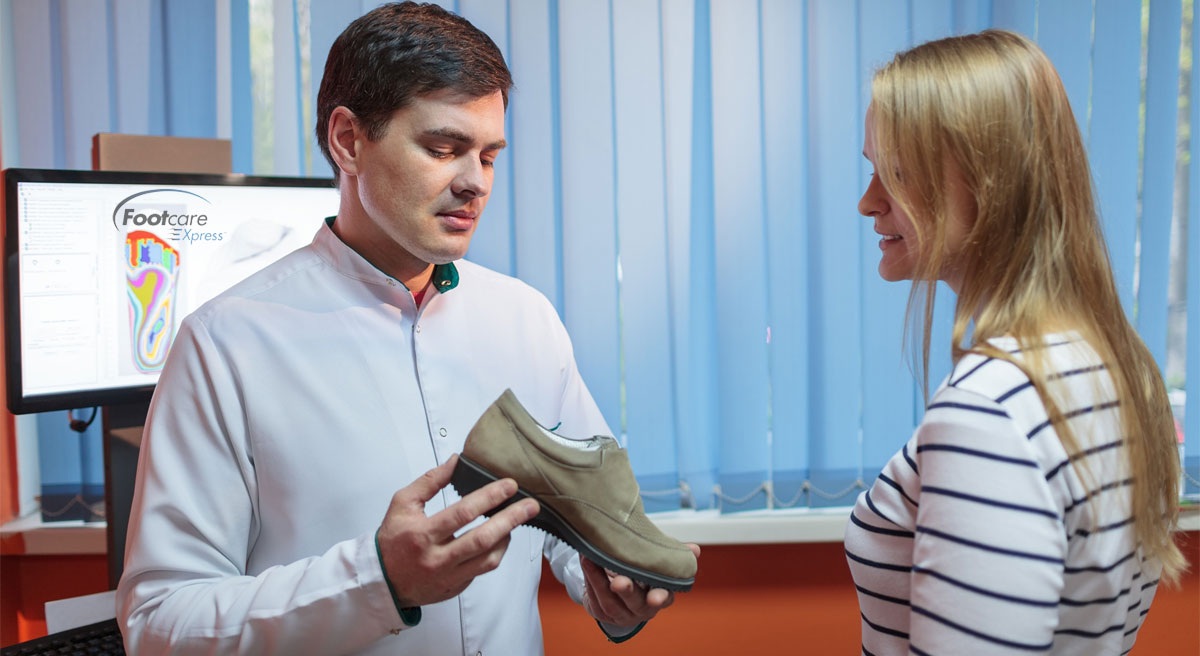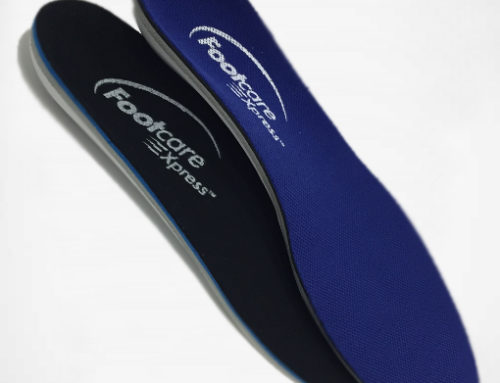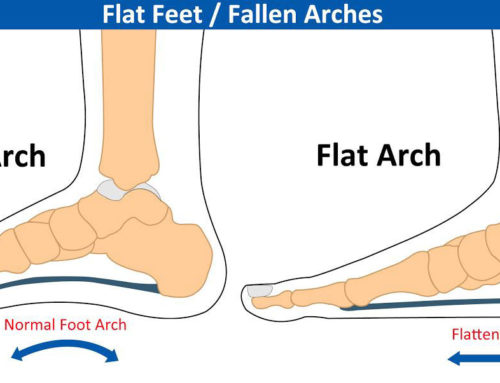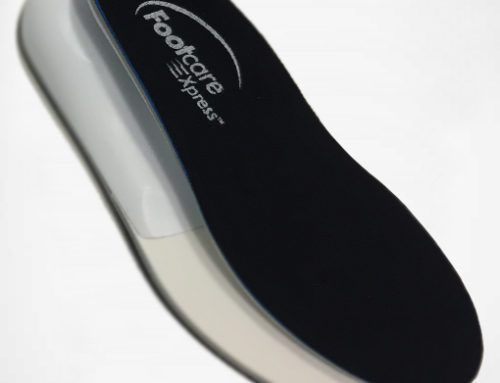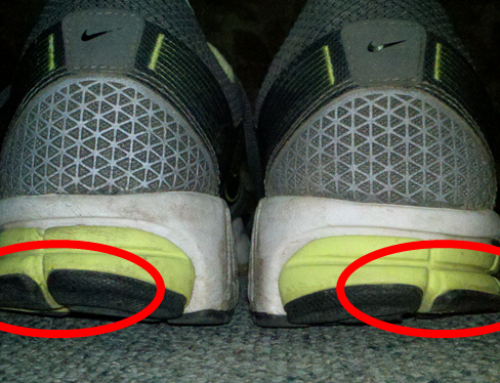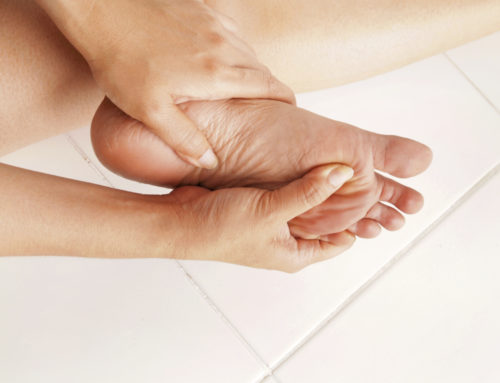How to Choose the Right Prefabricated Orthotic
There are many different types prefabricated arch supports and inserts to choose from in today’s marketplace. Each of these over-the-counter products promises to be “band-aids” and relieve pain and discomfort for foot, knee, leg, hip and back pain. The balancing act here is the middle of the road individual who requires cushioning but some support. In these instances, fit and feel is always the best litmus test. This is the trial and error of the prefabricated arch supports and insoles. A person must know how they feel the most accommodated, whether it is a high arch they need or a low arch or whether they feel more comfortable with lots of cushion or hardly any at all. And then there are the multiple combinations of all of the above that are commonly found in stores and available to consumers.
Therefore, it is important to know your foot type when choosing the correct prefabricated arch support or insert. Some of these products are firm or rigid where others are soft or flexible. Individuals who have flat and flexible type feet are generally more comfortable with products that provide some type of arch support. Flat feet normally tend to be due to overpronation, which may be a case where the foot is absorbing too much shock and lacking support. The pronated foot is one in which the heel bone angles inward and the arch tends to collapse. A “knock-kneed” person has overly pronated feet. This flattens the arch as the foot strikes the ground in order to absorb shock when the heel hits the ground, and to assist in balance during mid-stance. If habits develop, this action can lead to foot pain as well as knee pain, shin splints, achilles tendinitis, posterior tibial tendinitis, and plantar fasciitis. Prefabricated arch supports and insoles for these types of persons are usually designed with some firmness in the arch area of the foot to provide some support and stability in the arch area of the foot.
In contrast, Individuals who have high arch and inflexible feet are more comfortable with products that provide mostly cushion. These types of feet are generally more rigid and tend to be more supinated. Supination (or underpronation) is the insufficient inward roll of the foot after landing. This places extra stress on the foot and can result in iliotibial band syndrome of the knee, Achilles tendinitis, plantar fasciitis. Usually, a person who has a very high arch foot lacks that ability to absorb shock, therefore, they are more comfortable with products that are much softer and provide more cushioning.
The above should be used as a guide. Prefabricated arch supports and insole use with different footwear can also be a factor. It is always best to consult with an expert for the most appropriate product for the best results.

